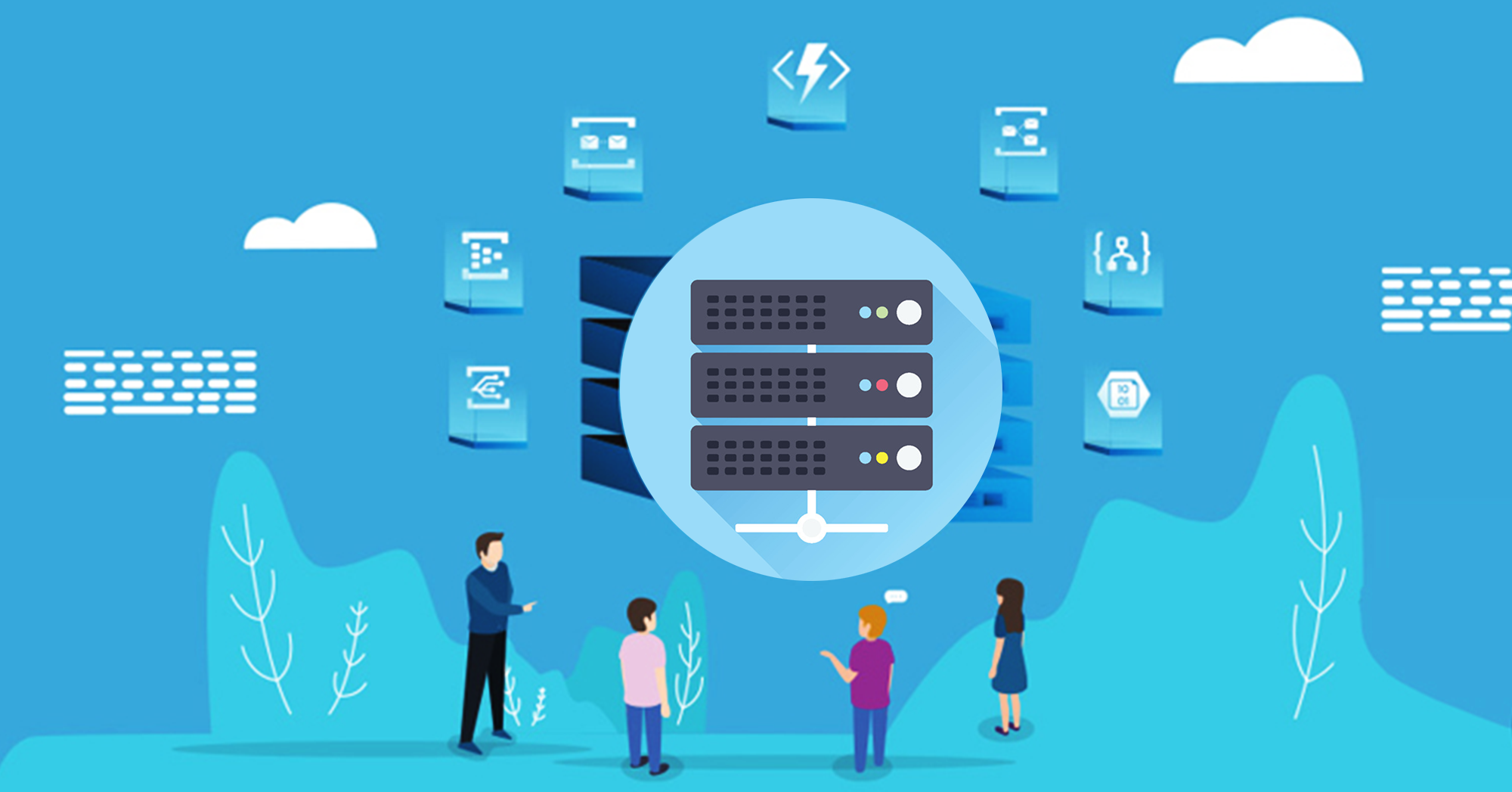The Impact of Serverless Architecture on Web Development
 Taylor Brown
Taylor Brown
Over the last few years, serverless architecture has emerged as a new paradigm for developing web applications. Using Cloud Functions has a few benefits over traditional server-based models, in particular, it abstracts the underlying infrastructure so developers can push logic to code and also benefit from having zero server maintenance. This paradigm shift of serverless has powerful consequences for web app development, changing how you deploy and scale your applications as well as how much they cost and the maintenance needs.
What happens in serverless architecture?
Despite its name, serverless architecture does not eliminate servers. It doesn't specify a solution or how something should be done, but it describes more of the model where cloud providers take care of infrastructure and automatically manage scaling, provisioning, and maintaining servers. These allow developers to interface with the cloud provider's platform using functions-as-a-service (FaaS) or backend-as-a-service (BaaS). Famous examples are AWS Lambda, Azure Functions or Google Cloud Functions
The Impact on Development and Deployment
One other really important thing about serverless architecture (beyond freeing up resources that should be refocused on business which pays off itself) is development simplicity and deployment. In a traditional server-based environment, developers have to worry about setting up and configuring servers as well as managing scaling issues or the deployment process. This is all abstracted away by serverless computing which allows developers to only worry about writing code and setting functions.
This abstraction does make the development faster. This infrastructure is the responsibility of serverless architecture and allows developers to deploy individual functions without worrying about runtimes, invocations, or resource allocation. It also follows the modular architecture, in which each function (or service) is deployable and scalable. Therefore, it becomes easier to update and change because developers can develop and deploy individual functions separately rather than the whole application.
Scalability and Performance
Scalability — Serverless architecture does best. Scaling of traditional server-based applications may be manual or require some sort of pre-defined capacity planning, which can compound complexity and cost. Serverless platforms scale automatically based on demand. Every time a function is invoked, the cloud provider takes care of requesting resources for itself for performance to be maintained properly even during load peak moments.
This automatic scaling is especially useful with such web app company that either have random loads or inconsistent traffic trends. Rather than over-provision resources for peak loads, developers can have the serverless platform automatically scale up or down in response to demand. In doing so, developers not only get a performance boost but also optimized resource utilization as they pay for the compute time used.
Cost Efficiency
This capability is also where serverless architecture shines in terms of cost management. In the traditional server-centric model, organizations over-provision for infrequent peak workloads that do not fully utilize fixed interfacing servers. The function of Serverless computing on the other hand is based very much on a pay-as-you-go principle. Developers are billed for the number of times a function is invoked, and how long it runs.
This type of pricing model can result in significant cost savings, particularly for applications that have intermittent or highly variable usage. For example, the API which is used only a few times per day can execute at very minimal cost. At the same time, traditional server models may require payment for idle resources which is not cost-effective.
Maintenance and Operations
Running a server world means that you have to deal with all the costs and headaches of managing infrastructure, from patching, monitoring, and troubleshooting. Serverless architecture helps the user from this operational burden as a lot of this is moved out into the hands of Cloud providers. The provider is responsible for managing infrastructure including updates and security patches.
This change enables developers to spend more time on application logic and UX rather than messing with servers. Serverless platforms come with automated monitoring and logging tools that give additional visibility into application performance and issues while making it easier to debug or optimize.
Security Considerations
Serverless architecture comes with a plethora of benefits but also brings along an entirely new set of mobile app security requirements. In the case of a shared responsibility model, this would mean that for most cloud computing offerings, developers must protect their code and data versus misuse by encoders only providing security mechanisms on the OS level. Function security, Access Management, and Permissions are some of the most essential pieces that need to be catered to properly.
Furthermore, because serverless functions routinely communicate with other cloud services; it is equally important to secure these interactions as well. To keep a secure environment you will need API gateways properly configured, secrets well managed, and solid authentication/authorization mechanisms.
Challenges and Limitations
Serverless architecture is not without its pitfalls. This latency could have a performance impact on some workloads that require low-latency response times since cold start time can be in addition to the other processing time taken for function completion. This can be ironed out in a few ways like function warming or code optimization, but still an overhead to think of.Even if serverless is the way to go, it may not be right for all applications. Serverless functions are stateless which is why the applications tend to have issues if they run a for long time or have persistent connections. It comes down to whether serverless makes sense for the particular use case of a developer or author.
Conclusion
Serverless architecture is a new model of web app development services that offers many advantages such as ease of development, scalability, and cost efficiency while with less overall operational overhead than traditional architectures. Cloud providers manage the computing, networking, and storage resources so developers can focus on coding to deliver value.
But you need to know the caveats and constraints like cold start latency, along with application-specific needs. However, it boils down to not backing the idea of serverless for all its worth as long as you bake in a lot of limitations that then reduce this value.
Serverless architecture will certainly have a strong influence on the future of web app development, in terms of ways to architect applications and how they are built deployed, and scaled in the cloud.
Subscribe to my newsletter
Read articles from Taylor Brown directly inside your inbox. Subscribe to the newsletter, and don't miss out.
Written by
